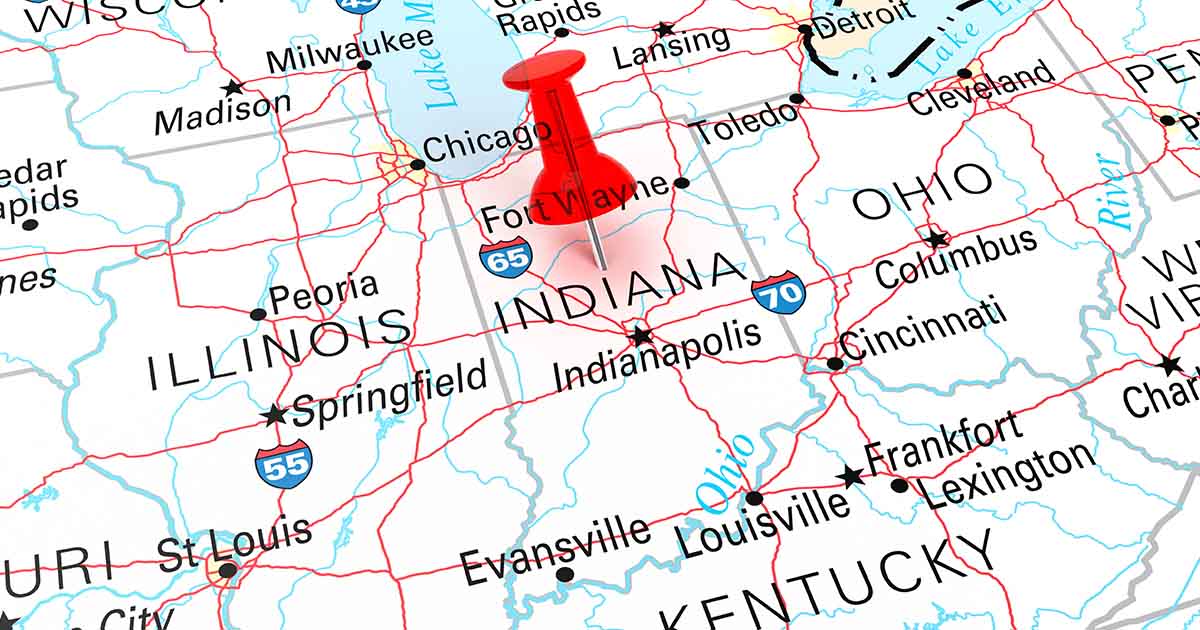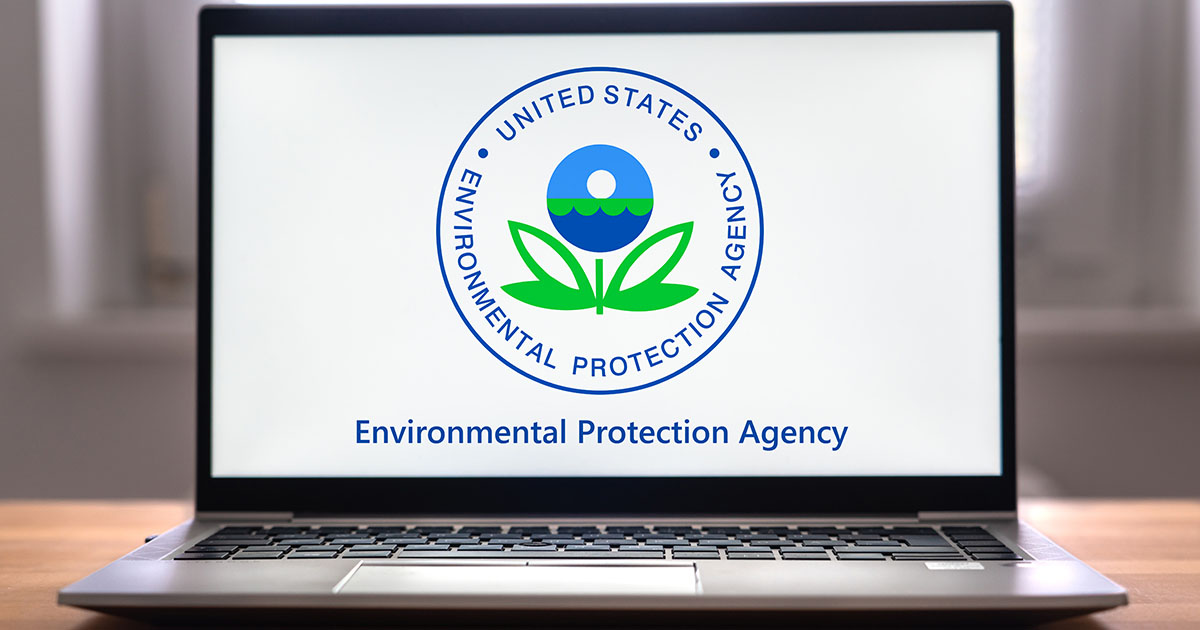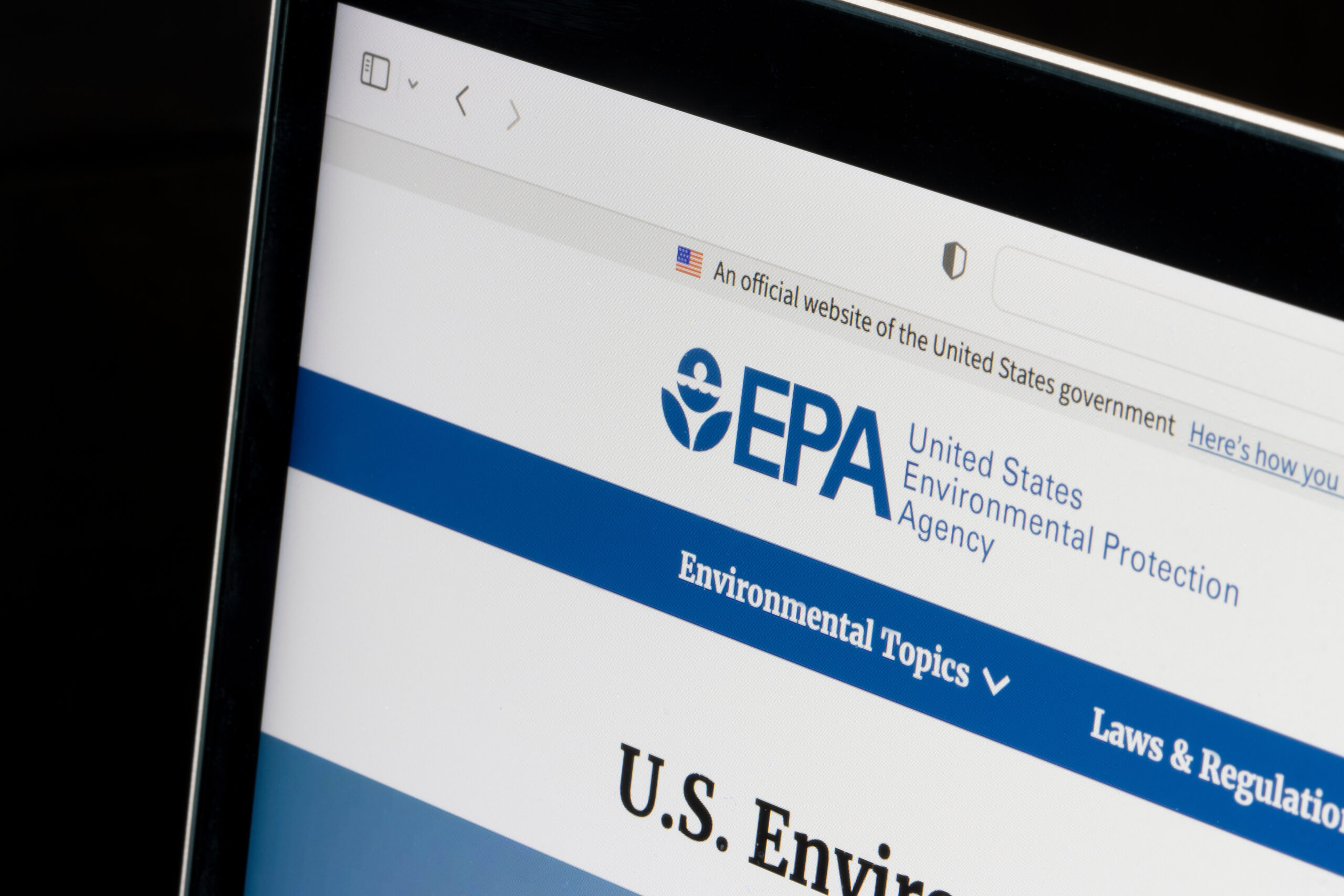How Upcoming Changes in Property Transaction Practices and Developing Vapor Intrusion Concerns May Decide for You
Written by Jeff Carnahan, L.P.G., Vice President, Director of Technical Services, EnviroForensics
As seen in the December 2012 issue of Cleaner & Launderer.
Everyone has heard, and probably declared, that it’s “best to let sleeping dogs lie” at some point. This old proverb presents the question, “Why bring up issues from the past that will only cause trouble”? Let’s leave these things alone and as they are. There is wisdom in this saying, but it’s not necessarily applicable for every situation. Is there an actual sleeping dog in your path? Sure, let it lie. Have you encountered an old adversary with whom you’ve had a disagreement in the past? Maybe you should just say hi and don’t bring up those old issues. Of course, I get it. Do you own a property with a potential environmental problem from past operations? Are you in a position where you may be blamed for an environmental release? I don’t believe that the sleeping dog proverb applies here. If it were me, I’d rather wake that dog myself, gently and cautiously, than have someone else wake him abruptly and make the situation go from manageable to unmanageable. I’m referencing, as you have guessed, the question of if, when, and how you approach looking for a potential environmental release at your property.
As experienced business owners well know, a large number of environmental problems are discovered during commercial real estate property transactions. When properties are to be exchanged from one business entity to another, or even refinanced through a new mortgager, potential liability for environmental issues may also be exchanged if the new owner or lender doesn’t perform an adequate inquiry into the environmental conditions at the property. In turn, financial lending institutions are especially interested in looking for “environmental sleeping dogs”. They would like to take possession of the property that was used as collateral in the transaction without assuming liability for a costly cleanup, should their loan become default. Now, I don’t want to bore you with the details and if you’d rather be sleeping you wouldn’t be reading, but it’s important to understand just how you can end up being one who has to deal with that environmental dog regardless of how or by whom he is awaken. So here we go.
The rules governing the knowing or unknowing transmittal of environmental liability are enforced by the United States Environmental Protection Agency (U.S. EPA) using theComprehensive Environmental Response, Compensation, and Liability Act (CERCLA), commonly referred to Superfund. CERCLA defines a liable party as: (1) the current owner and operator of a contaminated property; (2) any owner or operator at the time of disposal of any hazardous substances; (3) any person who arranged for the disposal or treatment of hazardous substances, or arranged for the transportation of hazardous substances for disposal or treatment; and (4) any person who accepts hazardous substances for transport to the property and selects the disposal site. In most cases, numbers (1) or (2) define the situation for commercial property owners.
Also under CERCLA, a person is an “owner or operator” of a facility (or property) if that person: (1) owns or operates the facility; or (2) owned, operated, or otherwise controlled activities at that facility immediately before title to the facility, or control of the facility, was conveyed to a state or local government due to bankruptcy, foreclosure, tax delinquency, abandonment or similar means. Remember, the U.S. EPA is not only interested in waking up sleeping environmental dogs; they also want to find out who owns that mutt.
This is not news to most of you, but an owner of a dry cleaning business that uses petroleum or chlorinated solvents, has used them in the past, or owns a property where they were used by others in the past is likely to fit the description of an “owner or operator” as defined above. There is likely an old environmental dog hanging around that probably belongs to you, whether it’s sleeping or not. Since potential purchasers don’t want to inherit environmental issues along with a property, they are going to make sure that the rightfully responsible party claims it before the deal is closed. This is done during the environmental due diligence process by performing the Phase I and Phase II Environmental Site Assessment (ESA) process. Even stakeholders in property transactions that don’t directly involve your property could try to wake your sleeping dog if they want to buy a property located adjacent or nearby where environmental impacts may have migrated across parcel boundaries.
In the past, and up until the end of this year, the standard for Phase I ESAs used during commercial property transactions to predict the likelihood of environmental impacts has focused primarily on releases of hazardous substances to soil and groundwater. As we know, groundwater impacts can migrate a fair distance (typically in one, downgradient direction) beyond property boundaries, so even real estate deals being conducted a block or more away may prompt a look in your direction. With the increasing concern regarding vapor intrusion issues, however, the number of people who may be looking toward a potential source of solvent releases (like current or past dry cleaners) is soon to increase.
I’m sure that most know about vapor intrusion by now and most folks are sick of hearing out it. I’m afraid we’re going to have to get used to it; we’re just getting started with this. Trust me. Vapor intrusion occurs when hazardous compounds (like many solvent constituents), which have been released to soil or groundwater are volatilized and migrate as a vapor through the soil to a building or house. Once the contaminated soil gas comes into contact with a building, it may seep in through cracks or small holes in the floor or walls, where it is breathed. Contaminated soil gas vapors can also move along subsurface utility corridors and may enter nearby buildings via that pathway. EnviroForensics represents many former or current dry cleaner “owner or operators”, and assisting our clients with vapor intrusion issues are a large part of our daily work. Soil gas contamination and vapor intrusion issues are the number one concern at nearly every one of those dry cleaner sites, which are currently under investigation. Also, nearly every one of those cases involves assessing or managing impacts at off-site properties owned by others. The bottom line here is that if there has been a release of chlorinated solvents (like perchloroethylene, or PERC), there are very likely accompanying soil gas contaminants and vapor intrusion concerns.
Vapor intrusion is becoming a very heavily regulated potential human health exposure pathway and, as such, the commercial real estate market is reacting to make sure that it is considered during transactions alongside potential soil and groundwater impacts. As early as January 2013, the standards by which environmental consultants evaluate whether or not there are concerns about contamination at a property their clients want to buy (or lend on) will change to include a need to look farther away. All potential sources of potential vapor intrusion concerns as much as 1/3-mile away may be included in their assessment. What this means to an owner of a sleeping environmental dog, is that a potential purchaser of someone else’s property, as much as 1/3-mile away, may come knock on your door and try to wake it up. At that point, you may very well find yourself with someone pointing squarely at you, as the proud owner of an environmental release.
Even those properties where cleanups have already been conducted and the environmental regulators have closed the site may be subject to these issues. Since most past cleanups were conducted without assessing potential vapor intrusion risks, the standard to which they were cleaned up may not have been stringent enough to meet current cleanup standards. For example, let’s say that soil and groundwater remediation was conducted at a dry cleaner site with a retail business adjacent on one side and a residence on the other. We can even make it easy here and say that groundwater was not even impacted. The level to which contaminated soil was removed would have been determined using a cleanup standard established by the regulators that are based on the land use of the property. Commercial cleanup standards are lower than residential cleanup standards. Based on the criteria being evaluated by the regulators at the time, the site was closed.
So there are potentially two problems here; the first of which is that nobody has assessed whether or not the low levels of contamination (likely PERC in this scenario) left in place are enough to cause a vapor intrusion concern. The cleanup standards for soil in the scenario above would have been based upon a set of human health-based criteria that aren’t applicable to vapor intrusion potential. The second problem is that even if there is a contaminated soil gas plume remaining at the site, it may have migrated off-site to the adjacent properties; a retail store and a residence. If the retail property next door becomes involved in a commercial real estate transaction, there will soon be a higher probability that the new changes to the Phase I ESA standards may result in the discovery of a vapor intrusion threat due to those residual levels of soil impacts left in place. If a potential vapor intrusion concern is discovered on the commercial property, the potential purchaser of that property will likely start the process of avoiding the CERCLA liability we discussed above, which commonly includes some interaction with the regulators. At that point, there may be concerns from the regulators about the residential property on the other side of the former cleanup site. Look at the wording on your closure letter from the regulators; it likely says that they have the right to reopen their assessment if additional information becomes available that changes their views.
There is no guarantee that every sub-surface environmental release of hazardous chemicals is going to be discovered. Past or present dry cleaning operations, especially those where PERC was/is used are highly associated with environmental releases and are most commonly identified as reasons to perform subsurface sampling during property transactions, along with gas station sites. With the upcoming changes to the environmental due diligence process and the developing issues brought on by continuing concerns about vapor intrusion, the odds are getting even higher that most all former and currently operating PERC dry cleaner sites will be investigated at one time or another. Have a look at whether you may fit the definitions presented above as being liable for environmental problem, pull together your property’s transaction history, look and see if there is a “For Sale” sign on that commercial property in your neighborhood and get some professional advice. If you own a closed site; you may want to dust off that old environmental closure report and have another look. It may make sense to let that sleeping dog lie for just a little bit longer, but you may want to start considering what you are going to need to wake up that old dog cautiously, without losing control or ending up in the hot seat, whether it’s your first time or not.



